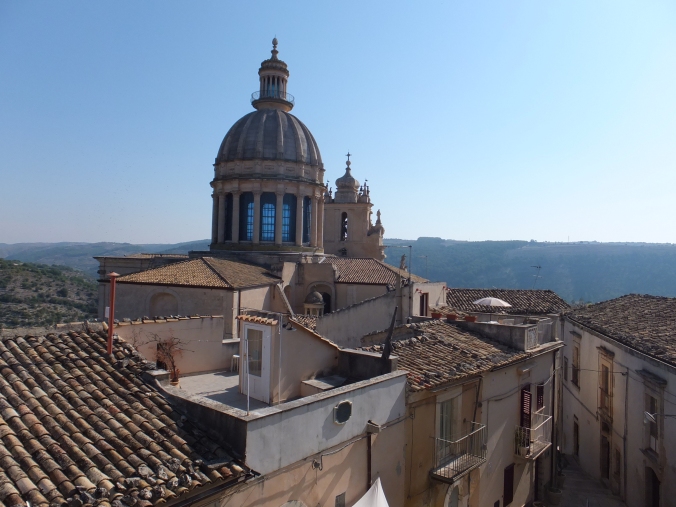
Just as a change from painting, whilst I work on my Alhambra picture, before I have anything else to say about it, I am at the same time, researching the history of Havant in Hampshire based on my postcard collection, for a talk I am due to give to my local history group in Guildford in November
Havant is an unprepossessing town. I say that as someone who grew up there and therefore has an affection for the place. Nevertheless there is plenty of interesting history around and about. I keep within the confines of my collection, and on the eastern periphery lies Warblington, a Saxon foundation, a remote place by the side of a marshy creek, eerily quiet when I was a boy and still the same today. A week or so back I went to the old church to take some pictures to back up my postcards, and wandered around the churchyard. We were within half a mile of the Havant by-pass with its buzz of traffic and yet within the churchyard you could hear a pin drop. In my mind, I went back to my childhood when I first discovered this place as a schoolboy
The church is c13 and something of an enigma. Why build it there in the middle of nowhere? It still stands in the middle of nowhere. We are told there was a Saxon settlement, and the word Warblington stems from the name of the chieftain, a woman apparently, and there are Saxon elements in the foundations of the church . The church served nearby Emsworth, which still doesn’t explain why it was built at Warblington. On the site of a holy place perhaps? We don’t know
More interesting than the church despite its age, are the two huts, in diametrically opposed corners of the churchyard. If I say they are c19, I am sure you will guess that they had something to do with bodysnatching. They are nightwatchman’s huts used to watch out for bodysnatchers who had posed a huge problem until the Anatomy Act of 1832, which required anatomy teachers to be licensed, which effectively put an end to this lucrative trade. Also the medical fraternity were allowed the bodies of executed criminals or even donations from poor families.
In the churchyard of this creekside church are gravestones of sailors drowned at sea, and I quote the one I have always found fascinating.

This the gravestone of William Palmer, and perhaps we should start with the inscription
This is in the memory of William Palmer that lost his life and his vessel going into Dublin the 24th February 1750 aged 38 years
The carved relief is intriguing and the work of a very skilled mason. Even the rigging stands out and would need very careful carving. Huge waves are rolling and the ship obviously capsized. The object behind the capsized vessel, I cannot make sense of
So we have a local mariner, a master mariner with his own boat, most likely involved in coastal trade as so many around here and Langstone were, and with a small crew, perhaps ambitiously attempting the crossing of the Irish Sea, not to mention the treacherous rocks around Lands End, and coming to a sad end. Or perhaps this was his regular run, and he was unlucky due to treacherous weather conditions. Dublin was very English in those days, and would be looking to regular supplies of day-to-day items, so one can easily imagine mariners plying a regular and profitable trade.
There are several Palmers buried in the churchyard. William’s wife is buried in the same grave but I can’t make out the dates. I imagine them being a prosperous family, judging from the quality of William’s gravestone
I remember seeing this stone when I was about twelve. It fired my imagination then and still does. It doesn’t look any different
I had thought to talk about Langstone close by, but another time. I have painted Langstone often but never Warblington which perhaps I should add to my list


